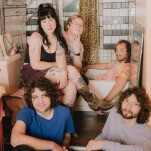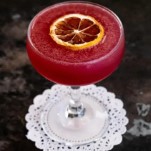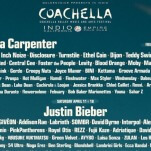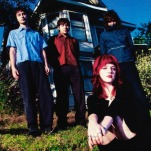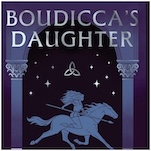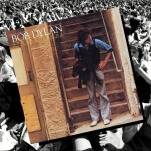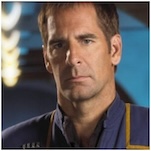Julia Herz of the Brewers Association on the Challenges of Operating GABF
Photos by Brewers Association & Jim Vorel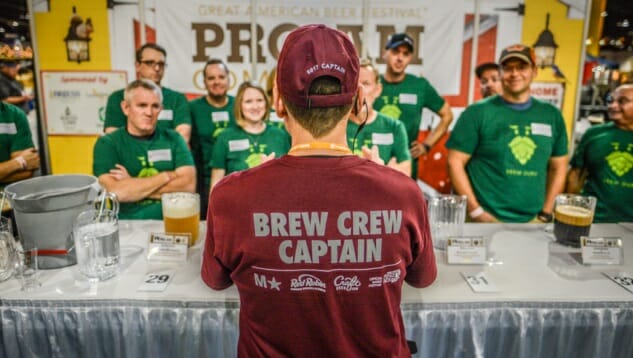
When Julia Herz attended her first Great American Beer Festival in the 1990s, a pour of beer measured 6 ounces.
Six ounces. Half an entire standard bottle of beer. That sheer volume would be unthinkable today—unimaginable at a festival that last weekend hosted more than 800 breweries and brought more than 3,900 beers onto the floor of the Colorado Convention Center. Today, the standard size for a sample at GABF is 1 oz—and many of those ounces aren’t even finished. Attendees who are watching their alcohol consumption, or attempting to try as many different beers as possible—myself included—can often be seen pouring out half-ounces of beer in between each sample. There’s simply no other way, if you plan to remain vertical through multiple GABF sessions, or take something akin to legible notes. It’s how we’re able to try enough beers to eventually choose a list of 20 stand-out beers from GABF 2017.
Those festivals of the ‘90s, though, were in many ways a simpler time. The GABF of yore was hosted in a smaller building, Denver’s historic, now demolished Currigan Hall, before moving to the Convention Center in 2000. And although tickets sell out almost immediately now, this wasn’t always the case. In fact, as recently as 2007, there were still tickets for GABF available during the week of the event. These days, in the wake of the second great craft beer boom, you’re lucky if you can get them a few hours after they initially go on sale, even though they’re accommodating more visitors than ever.
But at least in the memory of Herz, the craft beer program director for the Brewers Association, there’s one thing that has still remained the same at GABF over the years: a general atmosphere of positivity and madcap discovery.
“In my memory, the atmosphere still feels the exact same, just much larger,” said Herz, who first began working for the BA in 1999, before leaving and returning in her current role from 2007 onward. “The conversations are all still the same, just with different brewery names. People are still saying ‘What really great beer have you discovered today? Have you heard about this brewery? You should really go try Brewery X.’ I mean, you and I just walked around a minute ago with Matt Cole from Fat Heads Brewery; the guy’s got two medals around his neck, and you saw all the people coming up to him to geek out about his beers. That excitement has always been part of GABF.”
 A crowd coalesces on the Avery booth as a special barrel is tapped.
A crowd coalesces on the Avery booth as a special barrel is tapped.
I’m having this conversation with Herz on the floor of GABF, in a tiny, partitioned “media lounge” that simply consists of a few leather chairs recessed a few dozen feet away from where thousands of attendees are roving up and down the aisles, sampling close to 4,000 beers. The background din of GABF is thunderous, but you get used to it after a few hours—it’s like being inside a giant beehive, except all the bees are intoxicated and far less industrious than they would be otherwise. It makes the conversation on my recorder a bit harder to hear, but the enthusiasm in Herz’ voice is still obvious.
“Actually, the way I got involved after first volunteering at GABF was because I won a contest at a beer festival,” she says, getting a little nostalgic. “Charlie Papazian, the founder of the American Homebrewers Association, was giving away an AHA membership, and they picked my name out of a hat, just one name out of hundreds. And as a result, I started to pay attention to what the Brewers Association was doing in the industry.”
It’s a funny, fitting way to have first gotten involved—Herz’s own little “Papazian fist bump,” of the sort that is received by every winning brewery during the annual competition that makes up the core of GABF. Close to 20 years later, she can be seen during each GABF presenting on various topics, from beer and food pairing (about which she’s also written a book), to the industry’s economic outlook. She’s also borne witness to what has become an increasingly ridiculous feat of yearly engineering—the setup and assembly of GABF itself, which is overseen by events director Nancy Johnson. It’s a logistical nightmare most attendees to the festival aren’t likely to even consider for more than a minute.
-

-

-

-

-

-

-

-

-

-

-

-

-

-

-

-

-

-

-

-

-

-

-

-

-

-

-

-

-

-

-

-

-

-

-

-

-

-

-

-

 A sea of happy faces at the Melvin Brewing Co. party bus.
A sea of happy faces at the Melvin Brewing Co. party bus.

